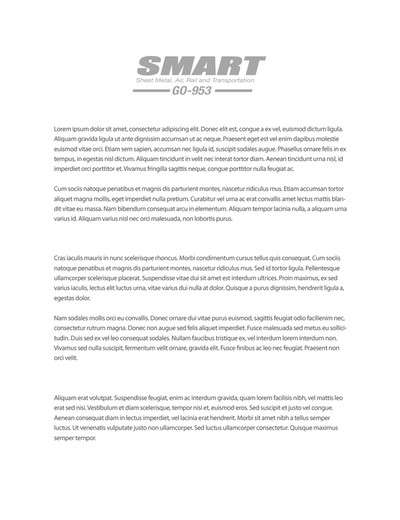RULE 9: TERMINAL WORK- SWITCHING AT TERMINALS
| Description: RULE 9- TERMINAL WORK- SWITCHING AT TERMINALS (a) At terminals where yardmen are not on duty, trainmen required to do switching, load or unload stock, etc., before starting on run, will be paid therefore at pro rata rate on the minute basis and time on road computed from the time required to report for duty less the time allowed for switching. In calculating the time engaged in switching under this rule It is understood that the time will be continuous from the time the work Is begun until it is completed and the train is coupled together. When overtime accrues, computed from the time reporting for duty, the allowance for switching or the overtime, whichever is the greater, will be paid. (b) Road freight crews may be required at any point where yard crews are employed to do any of the following as part of the road trip, paid for as such without any additional compensation and without penalty payments to yard crews, hostlers, etc.: One straight pickup at another yard In the initial terminal (in addition to picking up train) and one straight setout at another yard in the final terminal (in addition to yarding the train); pick up and/or set out at each intermediate point between terminals; switch out defective cars from their own trains regardless of when discovered; handle engines to and from train to ready track and engine-house including all units coupled and connected in multiple; pick up and set out cars of their trains from or to the minimum number of tracks which could hold the cars provided, however, that where it is necessary to use two or more tracks to hold the train it is not required that any track be filled to capacity; and exchange engine of their own train. NOTE 1: Straight pickup or setout, as referred to above, means pickup of a car or cars coupled together and first out that go together In one place In the train; straight setout means setout of a car or cars coupled together in the train that are set out in one movement. NOTE 2: See letter agreement dated February 2, 1956 reproduced as Appendix No. 2 relating to more than one coupling. (c) Except as otherwise provided In this rule, road crews will not be required to perform switching at terminals where yardmen are on duty The following will not be considered switching within the meaning of this rule: (1) Cutting Crossings: Cutting train to clear road crossings and re-coupling same when necessary to do so, (2) Pickup - Setout - Cutting Train For Yard Crews; Making pickup or setout, or cutting train to permit yard crew to put on or take off cars. (3) Rear End Helper Engine Pickups: Coupling helper engine on the rear rain when caboose without cars has been placed behind it by a yard crew at Initial terminal. |
